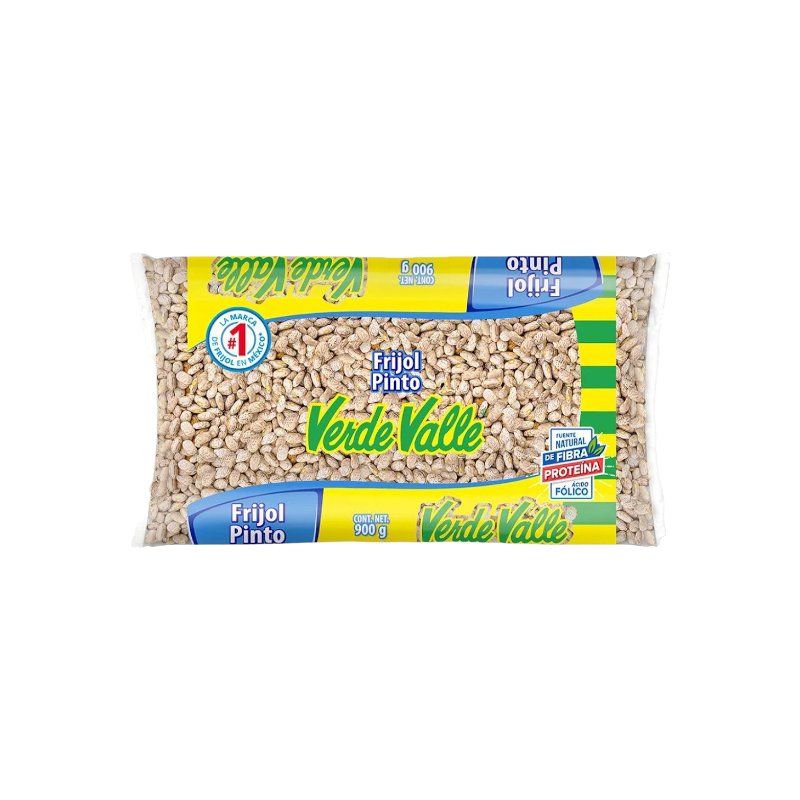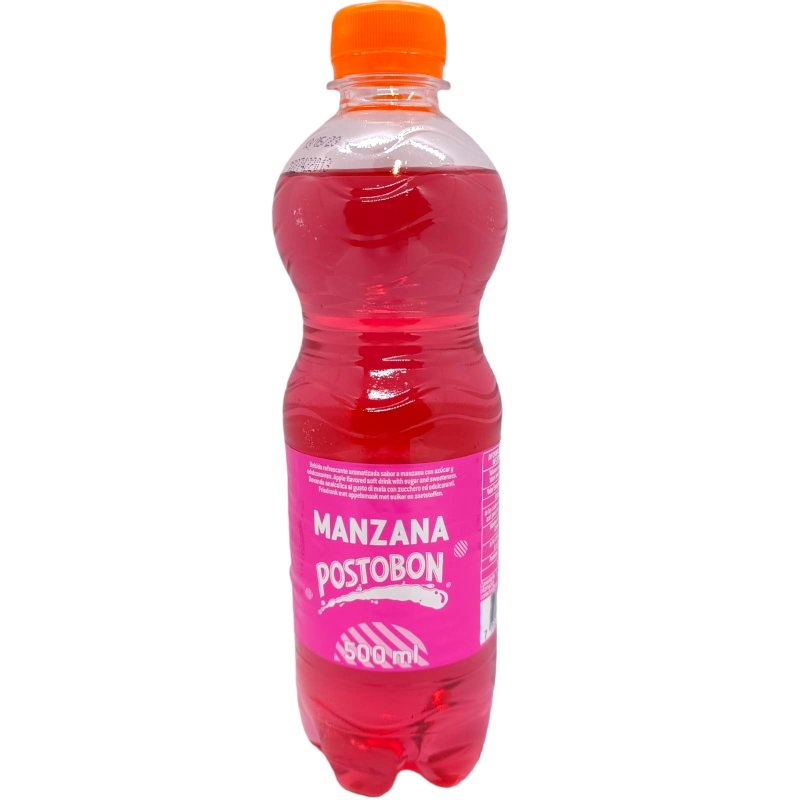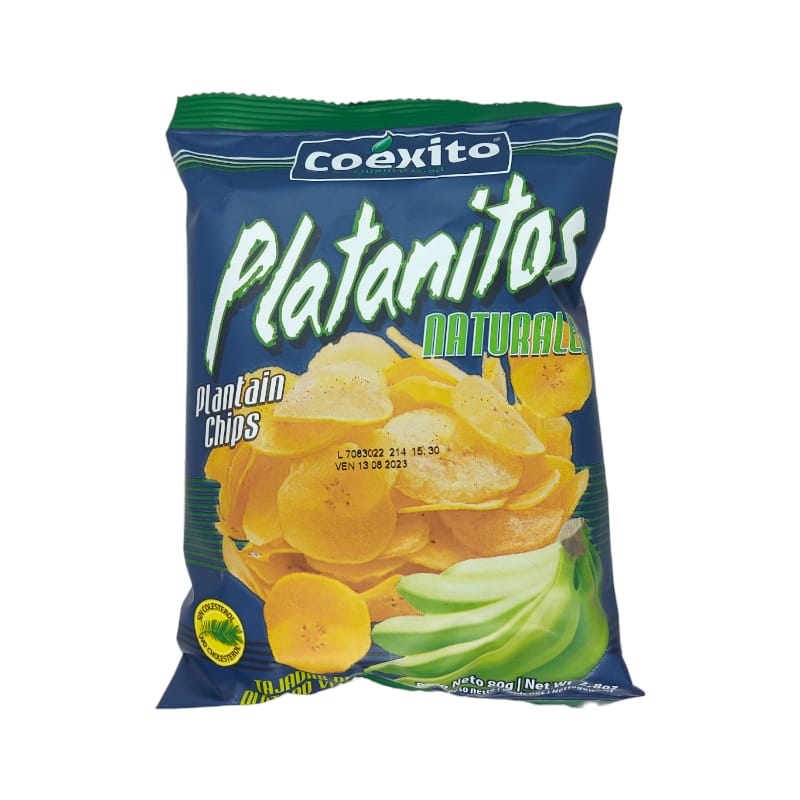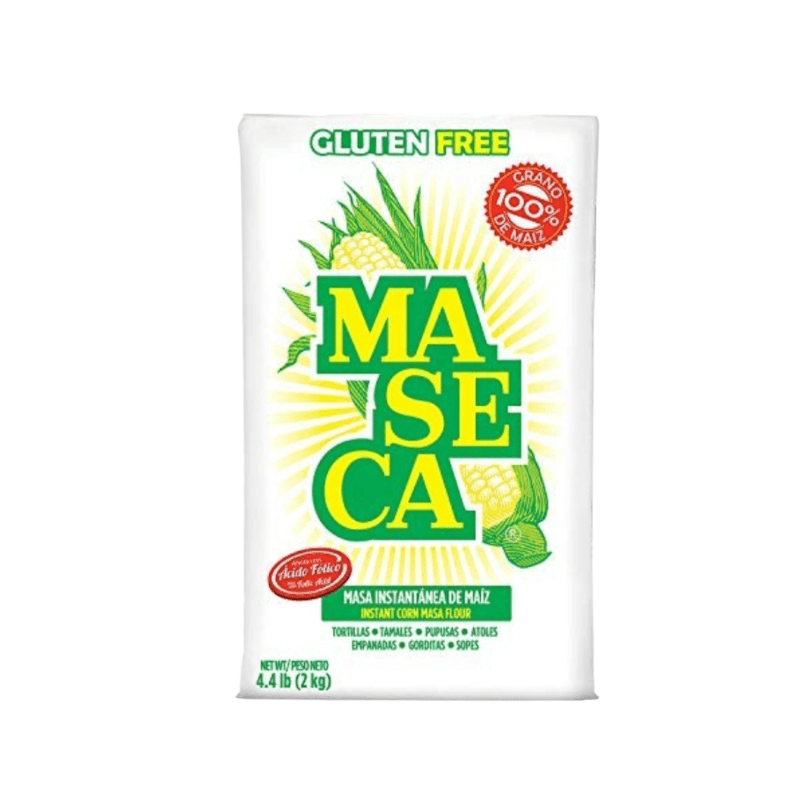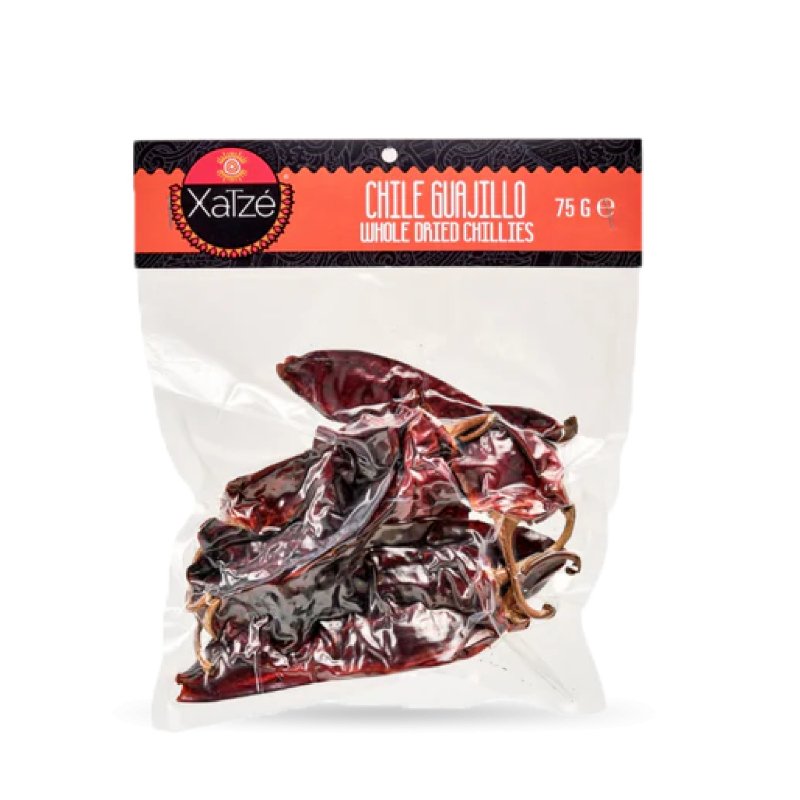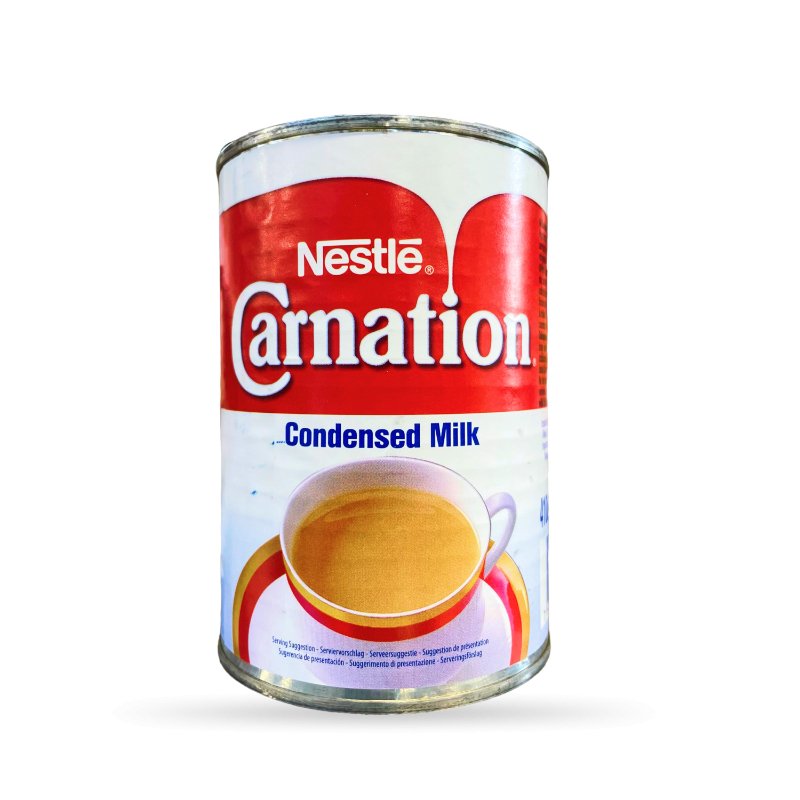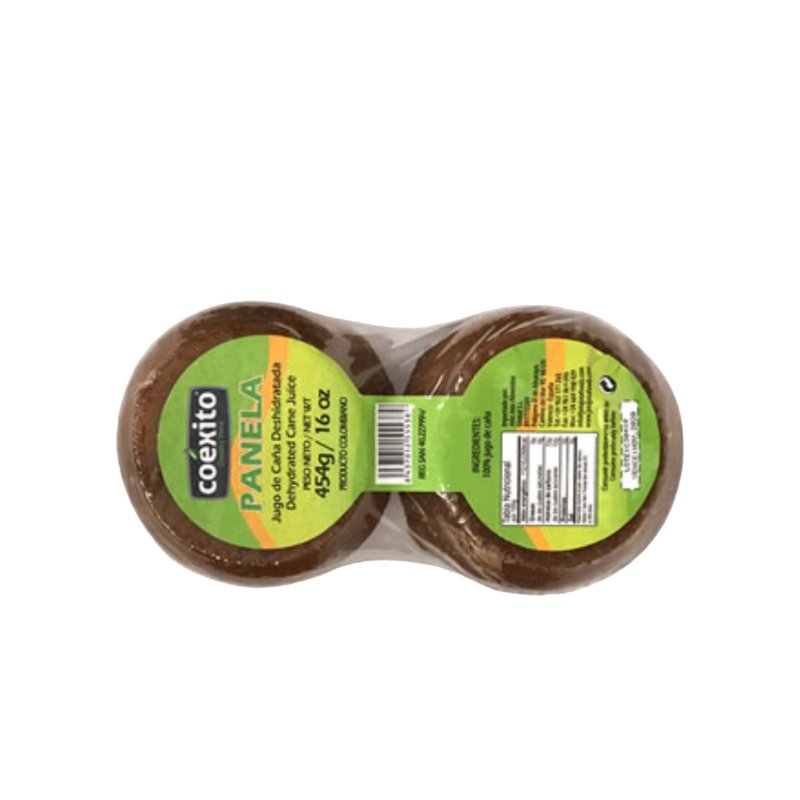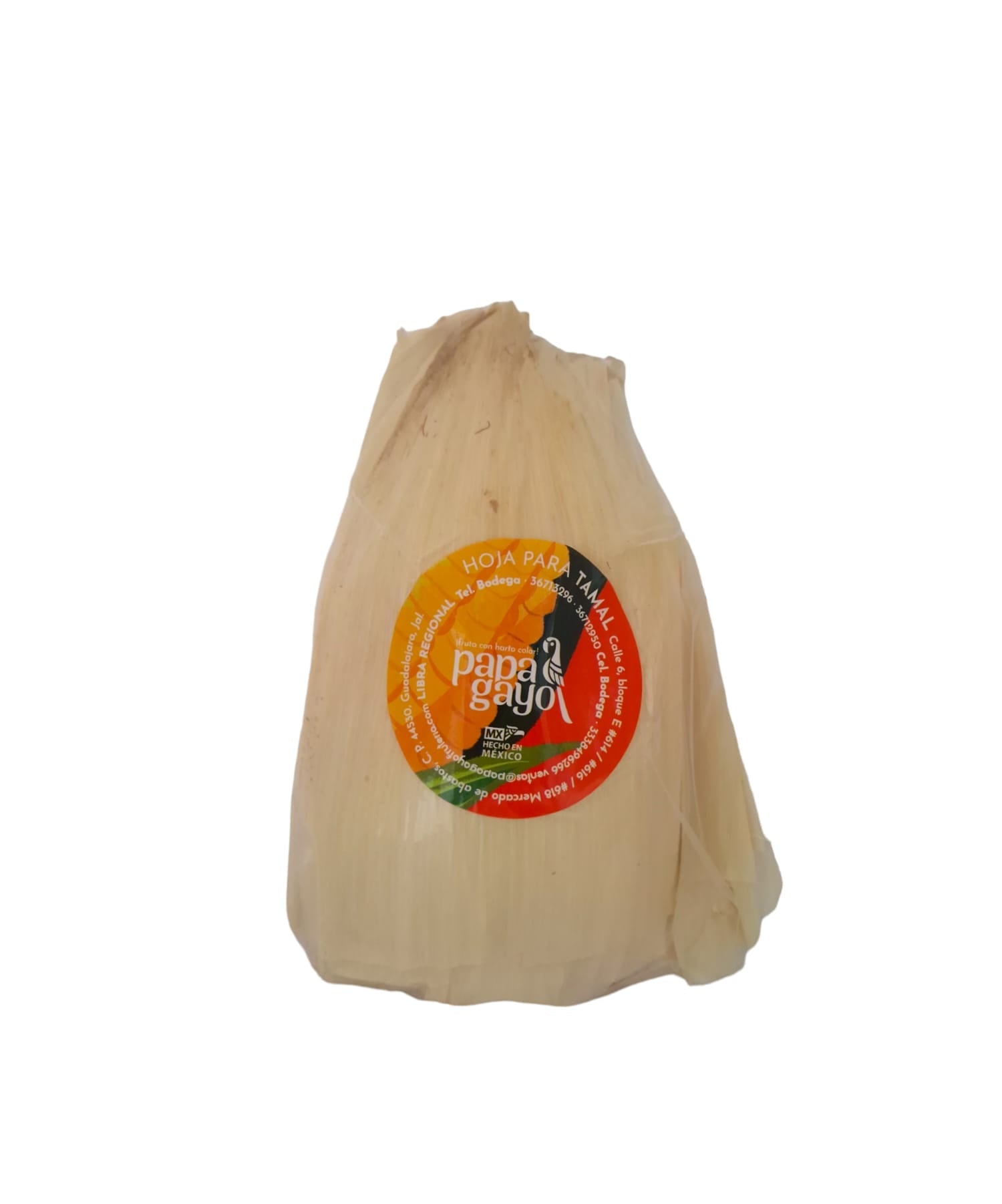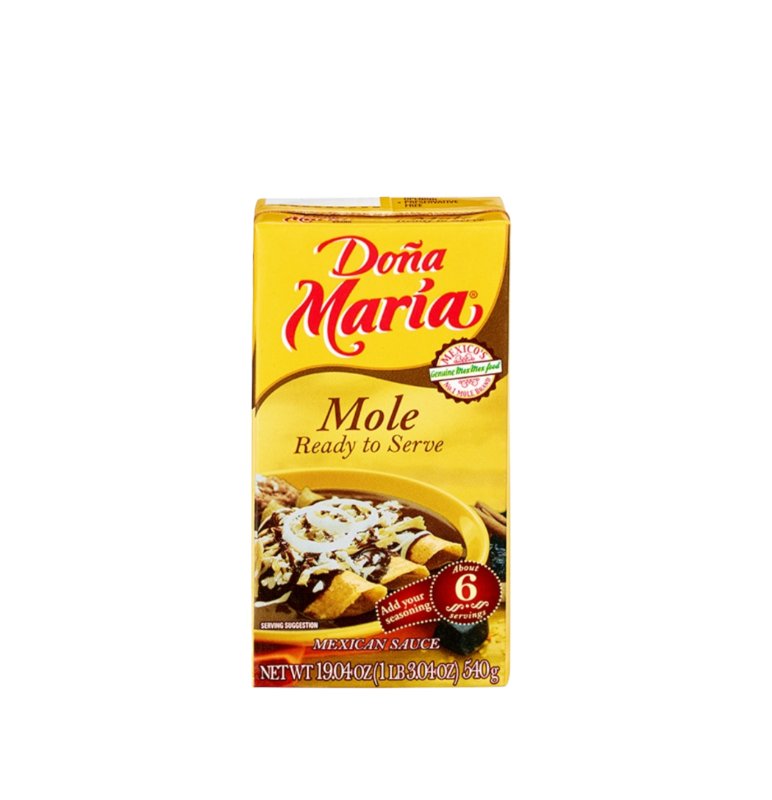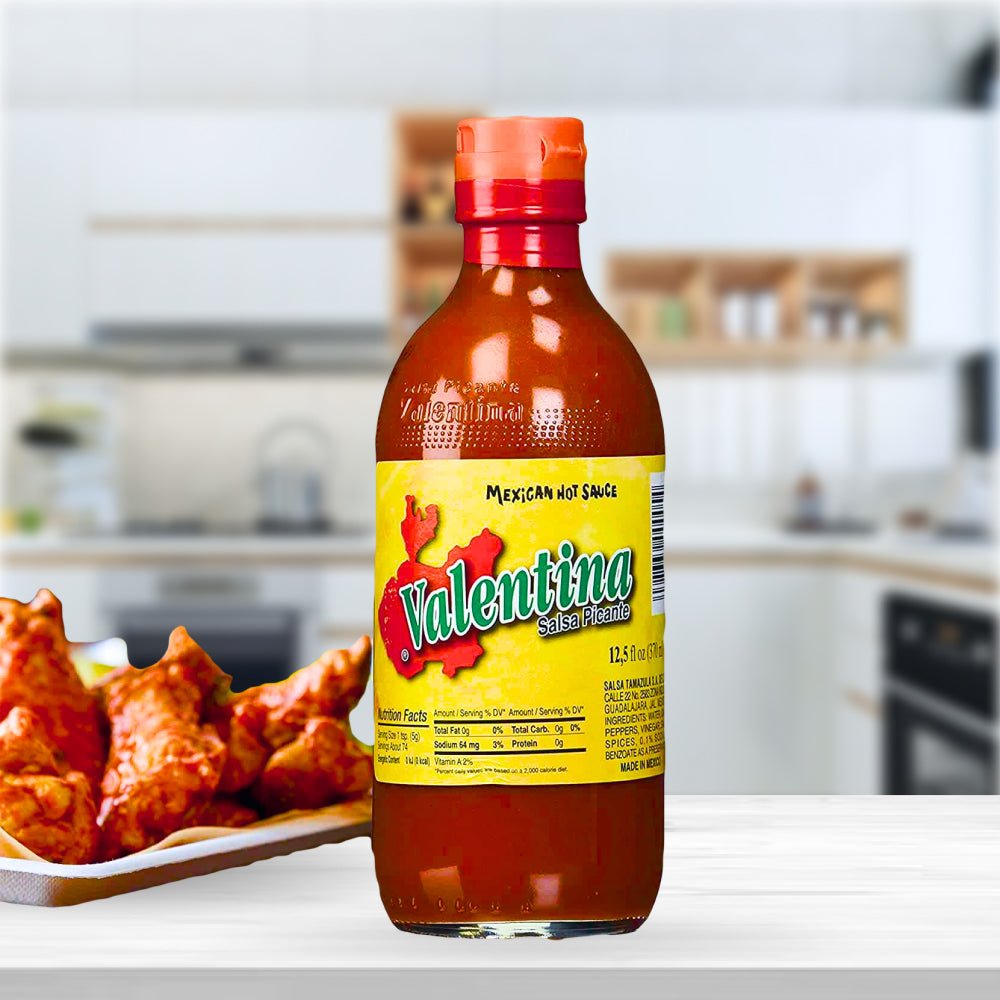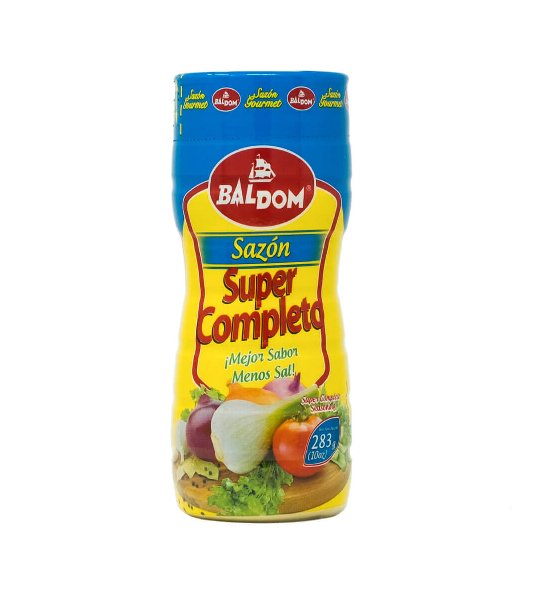Corn, known scientifically as Zea mays, is more than just a staple food; it’s a plant with a deep and complex history intertwined with human civilization, particularly in the Americas.
Ancient Origins: The Birth of Corn
Corn's story began about 9,000 years ago in what is now southern Mexico. Early inhabitants of the region began to domesticate a wild grass called teosinte, which bore little resemblance to the large, yellow cobs we associate with corn today. Through careful selection and cultivation, these early farmers transformed teosinte's small, tough kernels into the more productive and edible corn. This domestication process is one of the most significant agricultural achievements in human history, as it marked the beginning of settled agricultural societies in the Americas.
Corn in Mesoamerican Culture
Corn quickly became the bedrock of Mesoamerican civilizations, such as the Maya and the Aztecs. It wasn’t just a food source but central to their cultures and religions. The Maya, for instance, believed that humans were created from corn by the gods. This belief underscores the spiritual and material importance of corn, which was cultivated in various colors—white, yellow, red, and blue—each with its cultural significance.
The Spread of Corn: From the Americas to the World
When European explorers arrived in the Americas in the late 15th century, they encountered corn and were impressed by its versatility and productivity. Corn was soon carried back to Europe, adapting well to various climates and spreading across the continent. Corn traveled to Africa and Asia from Europe, becoming a vital crop in many parts of the world. Its introduction helped fuel population growth and agricultural development in these regions.
Corn in Modern Agriculture
Today, corn is one of the most important crops globally. The United States is the largest producer, with the Corn Belt region, including Iowa, Illinois, and Nebraska, at the heart of its cultivation. Modern corn is used in various ways: as food (both directly and as livestock feed), as raw material for industrial products like ethanol and bioplastics, and even as a source of sweeteners in the form of high-fructose corn syrup.
Genetic Modification and Corn
In the late 20th and early 21st centuries, corn became a focal point in the debate over genetically modified organisms (GMOs). Biotechnologists have engineered corn to resist pests, tolerate herbicides, and improve yields, sparking support for increased food security and concerns over environmental and health impacts.
Conclusion: Corn’s Continuing Legacy
From its humble origins as a wild grass in Mexico to its status as a global agricultural powerhouse, corn has a rich history that mirrors the development of human society. As we continue to innovate and adapt to future challenges, corn will undoubtedly play a role in feeding the world’s growing population, sustaining industries, and preserving cultural heritage.
A Culinary Journey Through Peruvian Food: A Fusion of Cultures and Flavors
Peru, rich in history and cultural diversity, is famous for Machu Picchu or the Amazon rainforest and is a haven for food lovers. Peruvian cuisine is a fascinating blend of ancient traditions and global influences, resulting in a culinary tapestry as diverse and vibrant as the country itself.
The Roots of Peruvian Cuisine
The foundation of Peruvian food lies in its indigenous heritage, with ingredients and cooking methods passed down through generations. The Incas, who ruled the Andean region before the arrival of the Spanish, cultivated a wide variety of crops, including maize, potatoes, and quinoa—staples that still play a significant role in the Peruvian diet today.
When the Spanish colonized Peru in the 16th century, they brought new ingredients like onions, garlic, and citrus fruits. Over time, enslaved Africans, Chinese immigrants (who arrived during the 19th century to work on railroads), and Japanese settlers added their culinary techniques and flavors to the mix, creating a truly unique fusion cuisine.
Iconic Dishes of Peruvian Cuisine
- Ceviche: A discussion of Peruvian food would be incomplete without mentioning ceviche. This iconic dish consists of raw fish marinated in lime juice, spiced with ají (a type of chili pepper), and mixed with onions and cilantro. The acidity of the lime "cooks" the fish, resulting in a refreshing and tangy dish perfect for warm weather. Ceviche represents Peru's coastal flavors and is served with sides like sweet potatoes, corn, and cancha (toasted corn).
- Lomo Saltado: Lomo saltado is a perfect example of Peru's fusion cuisine. This stir-fry dish combines marinated beef strips with onions, tomatoes, and ají peppers, sautéed with soy sauce. The dish is typically served with a side of rice and French fries, reflecting the influence of Chinese immigrants on Peruvian cooking. The result is a hearty, flavorful dish that showcases the best of both worlds.
- Aji de Gallina: Aji de gallina is a creamy chicken dish that's comfort food at its finest. Shredded chicken is simmered in a sauce made from ají amarillo (yellow chili pepper), cheese, milk, and walnuts, then served over rice or potatoes. The dish is rich, slightly spicy, and deeply satisfying, making it a favorite in many Peruvian households.
- Anticuchos: Anticuchos are skewers of grilled meat, often made from beef hearts and marinated in a blend of spices and vinegar. This dish has its roots in the pre-Columbian era, but it was adapted and popularized by enslaved Africans during the colonial period. Today, anticuchos are a popular street food in Peru, typically served with boiled potatoes and corn.
- Causa Rellena: Causa rellena is a vibrant and visually appealing dish made from layers of mashed yellow potatoes seasoned with lime and ají. It is filled with ingredients like tuna, chicken, or avocado and topped with olives and hard-boiled eggs. Combining flavors and textures makes causa a versatile and delicious appetizer or main course.
Peruvian Superfoods
Peru is also known for its superfoods, many of which are integral to the local diet and have gained international popularity for their health benefits. Quinoa, a protein-rich grain, is a staple in Andean cuisine, often used in soups, salads, and stews. Maca, a root vegetable grown in the high Andes, is known for its energy-boosting properties and is commonly consumed in smoothies or as a supplement.
Another superfood is purple corn, which is used to make chicha morada, a traditional non-alcoholic drink. Purple corn is rich in antioxidants and is also used in desserts like mazamorra morada, a sweet, spiced pudding.
The Rise of Peruvian Cuisine on the Global Stage
In recent years, Peruvian cuisine has gained international recognition, with chefs like Gastón Acurio and Virgilio Martínez putting it on the global culinary map. Lima, the capital of Peru, is now considered one of the world’s top food destinations, boasting numerous award-winning restaurants that showcase the country’s diverse flavors and innovative cooking techniques.
Peruvian cuisine is celebrated for its ability to honor tradition while embracing innovation, making it one of the most exciting food cultures to explore today. Whether indulging in a plate of ceviche by the coast or savoring a warm bowl of aji de gallina in the Andes, Peruvian food offers a culinary experience rich in history, culture, and flavor.
Conclusion
Peruvian cuisine is more than just food; it's a journey through the country's past, present, and future. With its diverse ingredients, unique cooking methods, and a blend of cultural influences, Peruvian food is a testament to the nation's rich history and vibrant culture. Whether you're a seasoned traveler or a curious foodie, exploring Peruvian cuisine is an adventure that promises to delight and inspire.


